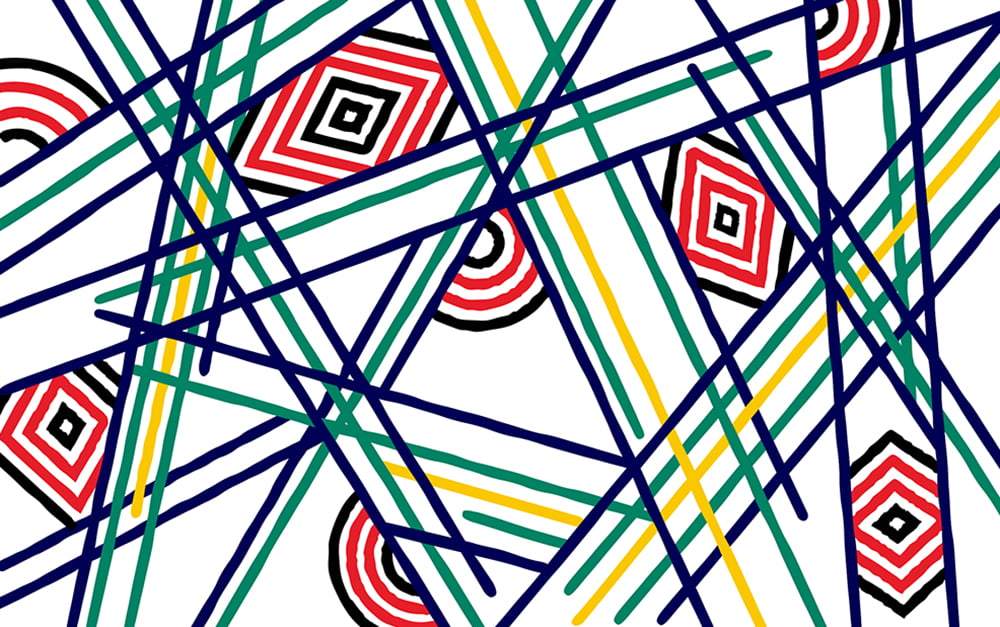As a boy growing up on a farm in regional Brazil, far from the country’s economic and cultural centres, I experienced a different kind of exclusion, one shaped not by direct hostility, but by mismatch. I was 'too different', 'too articulate', and did not fit the norms of the rural school I attended. For years, I internalised this discomfort, thinking perhaps I was the problem. Only later did I realise I was experiencing structural exclusion, a lesson that continues to inform my research and teaching.
Before entering academia, I worked across multiple sectors: government, NGOs, and corporate roles. But one experience stands out: running an art gallery focused on African everyday artefacts. I would purchase objects like carved spoons from rural villages and sell them as art to museums and collectors. What fascinated me was not just the beauty of the objects—but how their value shifted depending on context, narrative, and market. In one context they were worth nearly nothing; in others they were precious treasures. That experience taught me that markets are not only economic—they are cultural systems that shape meaning.
This curiosity led me to academia and, eventually, to the field of Consumer Culture Theory, where I found tools to make sense of the world and of myself. For instance, the work of Bourdieu helped me understand how different forms of capital shaped my two families. Goffman and Foucault revealed how identity is performed within structures of power. Practice theory showed me how exclusion and inclusion are reproduced through everyday rituals and routines. These ideas allowed me to reframe my story—and help others do the same.
Understanding, however, was not enough. It was this desire to turn insight into impact that brought me from Denmark, where I was working as a postdoc, to RMIT University. I was drawn not only by its reputation, but also its commitment to research that makes a difference.
At RMIT, I have focused my work on how marketing—so often misunderstood as mere selling—shapes inclusion and exclusion through communication, design, segmentation, and the rituals of everyday consumption. One area where this becomes especially visible is ageing. Age-related exclusion often hides in plain sight, especially in digital spaces where older adults are routinely overlooked, underserved, or entirely forgotten.
Together with my colleagues at the Shaping Connections initiative, and in partnership with grassroots organisations such as University of the Third Age, ACCAN and the City of Whittlesea, we have co-designed digital mentoring programs, trained hundreds of older mentors, and helped shift how digital inclusion is framed—from a technical issue to a cultural one. This work reminds us that exclusion is not just about access—but about the stories we tell, the voices we listen to, and the futures we imagine.
Ultimately, marketing is my chosen discipline and tool for change—but it is storytelling that sits at the heart of my work. The stories we inherit, the ones we challenge, and the ones we choose to tell moving forward. Inclusion is not just about who is allowed in—it’s about who is imagined in the first place and the practices that enable this person to become visible and active.
My goal as a scholar is not only to understand markets, but to shape them with and for the communities we serve. Because when we change the stories, we change what is possible.
Author: Bernardo Figueiredo







